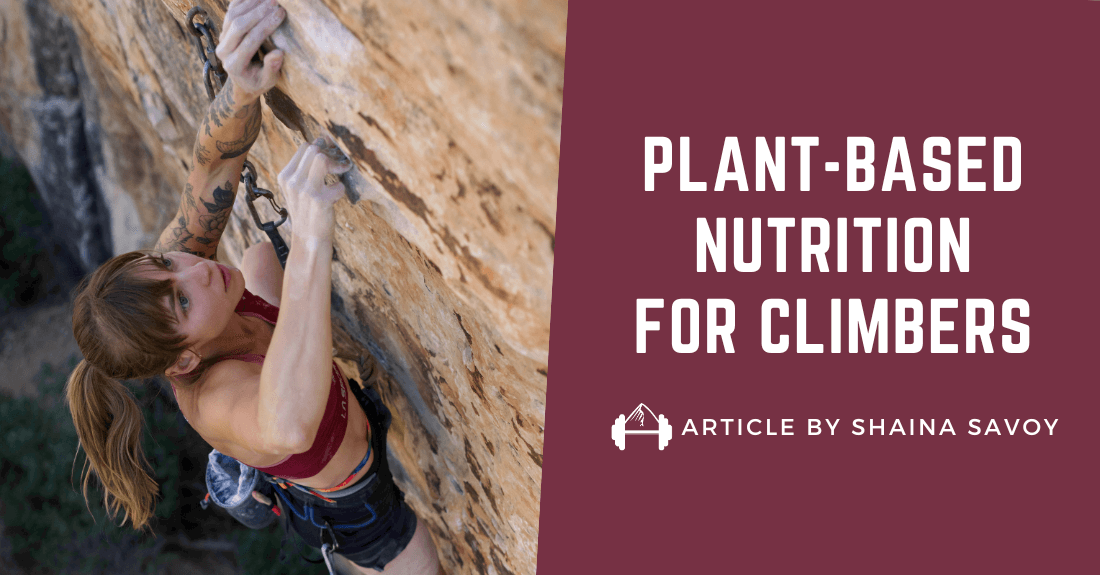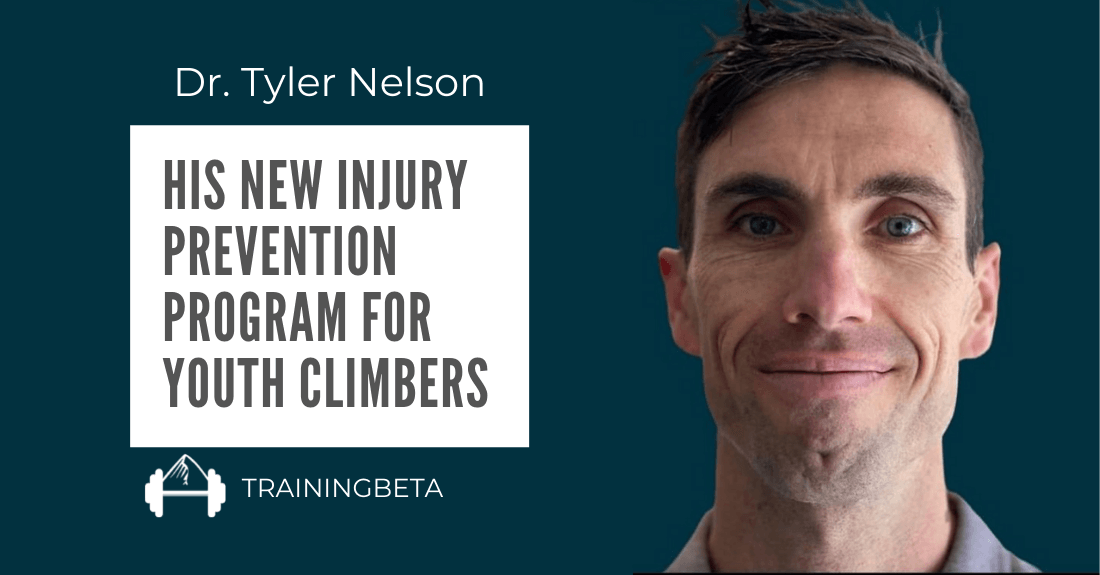Anyone who has ever suffered from a muscle cramp knows how debilitating they can be. Because of this muscle cramps have the ability to sabotage your performance and undermine months of training and hard work. While muscle cramps can effect climbers of all styles, this is especially true for mountaineers and multi-pitch climbers who will be putting in sustained efforts over longer periods of time.
To shed some light on exactly what causes muscle cramping, here’s an article by coach and trainer Seiji Ishii about some of the science behind what causes cramping and a new product he has had great success using for muscle cramp prevention.
Enter Seiji Ishii…
Muscle Cramp Prevention: Seeking Out One of Exercise Science’s Holy Grails
Muscle cramps have plagued athletes of all types, effecting competition results, and at worst, putting adventurous types in danger. It has long been postulated that since cramps happen mostly in the later stages of longer events, that they are linked to the loss of electrolytes through sweating. Many sports drinks have been successfully marketed using this angle.
Personally, I have suffered from scary instances late in the climbing day where either my wrist gets stuck in the fully flexed position or my ring and pinky fingers want to curl up on their own. Calf cramping has been the bane of more than one mountaineering objective, as days into the trip, both my calves will attempt to pull my Achilles tendons right off my heels, forcing me to madly stretch in the most inopportune places.
Why Muscles Cramp
However, research during the 1990’s started pointing the needle away from electrolyte loss and towards distorted neural signals as the culprit of this disabling muscle function. While differing mechanisms around this neurologic source were investigated, certain characteristics of cramps were observed consistently, including: getting a cramp increases the likelihood of getting even more of them in the same session, cramps tend to affect muscles that cross two joints and stretching can alleviate the cramp but stretching prior to activity doesn’t lessen the likelihood of cramping.
A decade ago, Nobel Prize winning neuroscientist Rob MacKinnon and Harvard neurobiology professor Bruce Bean survived a frightening bout of arm cramping while sea kayaking. Given their backgrounds, it is not surprising that the duo went about investigating what they could do to prevent this from turning future adventures into epics. In a sort of mad scientist way, they electrically induced foot cramping in their kitchens to willing family and friends to test their hypotheses.
MacKinnon and Bean had heard of the mythical mother’s tale of drinking pickle juice or eating mustard as ways to fight cramping. It is common for athletes to find a solution to a problem before the labs, even if they don’t know the why, and this was another case.
Seiji Ishii getting in his pitches.
Ascetic Acid and Muscle Cramping
Pickle juice and mustard share the common thread of containing a high concentration of ascetic acid. Ascetic acid is a “Transient Receptor Potential channel activator,” and the TRP ion channels of interest reside in the mouth, esophagus and possibly the lining of the stomach. The reason for lack of voluntary control of a cramp lies in the fact that the alpha motor neuron can be fired without direct input from the brain; all that is required is a sensory signal from a muscle or tendon organ going to the spinal cord.
In other words, the alpha motor neuron receives the signal and sends out a contraction signal, no instructions from the brain are required. This is how the classic knee jerk reflex works; your patellar tendon is stretched by the tapping hammer, a sensory organ in the tendon senses stretch and/or a rise in tension, sends a signal to the alpha motor neuron in the spinal cord which almost instantaneously sends a contraction signal right back to the muscle. The brain didn’t even have a chance to chime in.
Somehow, the ascetic acid, working through the TRP ion channels of the mouth, esophagus and stomach, reduces the excitability of the alpha motor neurons, thus reducing the likelihood and intensity of the muscle cramping. The muscle and tendon can keep sending impulses to the alpha motor neuron, but it becomes harder to reach the threshold where it will fire off a contraction signal.
The two scientists tested a home brewed concoction containing several of these TRP channel activators and found that indeed, the likelihood and intensity of muscle cramping was reduced during fatiguing exercise in a statistically significant way. Five years of research produced a mixture of natural, organic ingredients and its corresponding patents.
A Product to Prevent Muscle Cramps
The commercial end product is called Hotshot and was released in June 2016. It is 1.7 oz of fluid to be taken 15-30 minutes before and after exercise and the effects can last 6-8 hours. Ongoing research has shown the effectiveness of Hotshot in reducing the frequency and intensity of exercise induced muscle cramping as well as reducing post exercise soreness.
Although the mixture of ingredients is not listed, both MacKinnon and Bean assured me that all the ingredients are natural, and organic; I had to be 100% certain as the athletes I train are under WADA guidelines and breaking any of the myriad of doping regulations would essentially end our careers. The taste is what you would expect from an herbal based tonic that has its roots in pickle juice and mustard based cramping solutions: it is just liquid heat!
I have an athlete that regularly suffered from cramping in the later stages of competition and since using this product before his races, he has yet to suffer a single cramp. My late day climbing induced cramps also have yet to return since starting my own protocol of using Hotshot. Time will tell if it will work in the mountains, but I am hopeful.
MacKinnon and Bean may have unlocked one of the holy grails of exercise science by pursuing an “old wives’ tale.” If you suffer from muscle cramping, it may be well worth it to try this product yourself or one of the less techy pickle juice and mustard based solutions!
Full disclosure: I have no relationship to FlexPharma, nor have I received any free samples of Hotshot.
About Seiji Ishii:
 Coach Seiji has been a trainer to professional motocross and supercross riders for the past decade but cut his teeth training climbers in the 90’s. Seiji caught the climbing bug while attending the University of Texas at Austin while he was a competitive cyclist. After graduating (taking 10 years, he blames bicycle racing and climbing) with a degree in Kinesiology, he immediately started working for Austin’s first ever climbing gym, Pseudo Rock. Training specifically for climbing was in its beginnings, and Seiji informally trained rock climbers during this time of innovation and high motivation. These training sessions propelled Seiji to 5.13 redpoints in a very short period of time. After a stint of designing outdoor gear, Seiji began personal training a wide variety of clients, and bicycle racing became his primary focus, unknowingly leading him to the motorsports training position he is in today. After 15 years away from climbing, Coach Seiji returned to the sport he believes contributed the most to his personality and values three years ago.
Coach Seiji has been a trainer to professional motocross and supercross riders for the past decade but cut his teeth training climbers in the 90’s. Seiji caught the climbing bug while attending the University of Texas at Austin while he was a competitive cyclist. After graduating (taking 10 years, he blames bicycle racing and climbing) with a degree in Kinesiology, he immediately started working for Austin’s first ever climbing gym, Pseudo Rock. Training specifically for climbing was in its beginnings, and Seiji informally trained rock climbers during this time of innovation and high motivation. These training sessions propelled Seiji to 5.13 redpoints in a very short period of time. After a stint of designing outdoor gear, Seiji began personal training a wide variety of clients, and bicycle racing became his primary focus, unknowingly leading him to the motorsports training position he is in today. After 15 years away from climbing, Coach Seiji returned to the sport he believes contributed the most to his personality and values three years ago.






Broke my patella on left knee 4 yrs ago. At the start of every incline my left calf immediately begins to cramp. Frequent stops are required. I will try this.
Thanks for the info. I recently suffered inner thigh cramping while at the tail end of a climb up Algonquin mountain in New York state Adirondack mountains. I, too, had attributed it to loss of electrolytes due to excessive sweating during the hot and humid climb. I’ll try some pickle juice and put a good dollop of mustard in my sandwich during my next climb…hope it works!
Thanks for detaild explanation behind muscle cramping. It was highly informative. I have experienced finger tendon and forearm muscle cramping during hot climbing days in North Carolina and attributed it to dehydration despite drinking water often.